Eau de Toilette vs. Eau de Parfum: Which One Should You Choose?
Eau de Toilette and Eau de Parfum are two of the most popular fragrance categories. Their main difference lies in the concentration of essential oils , which affects both the intensity of the scent and its longevity on the skin. Understanding these differences is essential for choosing the right fragrance based on your use and personal preferences. Throughout this article, we'll explore the characteristics of each type and what to consider when choosing between them.
What is a perfume?
The term "perfume" refers to a carefully crafted blend of essential oils, scents, and aromatic compounds combined with a solvent, usually alcohol. The primary purpose of a perfume is to generate a pleasant scent that evokes emotions and memories , as well as enhances the wearer's personality.
There are different categories of perfumes , which are classified according to the concentration of essential oils they contain. This concentration is crucial, as it determines the intensity, duration, and projection of the fragrance. The most common categories are Eau de Cologne, Eau de Toilette, Eau de Parfum, and Perfume, each with specific characteristics.
- Perfumes with a high concentration of essential oils offer more powerful and long-lasting aromas.
- On the contrary, fragrances with lower concentration tend to be lighter and fresher.
- The choice of a perfume may depend on the context of use, the season, and personal preferences.
Today, the use of perfumes is not limited to skin application. They are also used in other products, such as lotions, soaps, and air fresheners, expanding the reach of the art of perfumery to various facets of daily life.
What is Eau de Toilette?
Eau de Toilette is a popular fragrance category characterized by its freshness and lightness . Its composition makes it ideal for everyday use and more casual settings.
Composition and concentration of essential oils
The Eau de Toilette is characterized by its mixture of essential oils, alcohol and water, with a concentration that ranges between 5% and 15% of aromatic oils. This variability in composition allows for the creation of fragrances that offer a refreshing and less invasive aroma.
The low concentration of essential oils provides a lighter olfactory experience compared to other perfume categories. This makes it a popular choice for those looking for a fragrance that can be worn at any time of day.
Duration on the skin
The duration of the Eau de Toilette on the skin is a relevant aspect to consider. Generally, it is estimated that its aroma persists between 3 and 5 hours , allowing you to enjoy its freshness without a long-term commitment.
Its ephemeral nature is suitable for those moments when a light touch of fragrance is preferred, such as during work or daily activities. Therefore, it is common for those who use Eau de Toilette to reapply it throughout the day to maintain the intensity of the scent.
Price and cost
Eau de Toilette is often a more affordable option compared to more concentrated fragrances, such as Eau de Parfum. This is because its lower percentage of essential oils means less production costs, which translates into a more affordable price for the consumer.
On the market, it's common to find a wide range of Eau de Toilettes to suit different budgets, allowing users to explore diverse fragrances without having to make a large investment. This accessibility has contributed to their popularity as a popular choice for everyday use.
What is Eau de Parfum?
Eau de Parfum is a fragrance category distinguished by its higher concentration of essential oils . This type of perfume is ideal for those seeking a rich and long-lasting olfactory experience . Below, we break down its most relevant characteristics.
Composition and concentration of essential oils
Eau de Parfum typically contains between 15% and 20% essential oils. This high concentration allows the fragrance to be not only more intense but also more complex, with multiple notes developing over time. The precise formulation may include:
- Natural essential oils.
- Synthetic compounds that enhance certain notes.
- Ethyl alcohol as a base that helps diffuse the aroma.
- A small proportion of water, which can range from 2% to 3% to soften the fragrance.
This careful combination allows the Eau de Parfum to feel more enveloping and complex compared to lower concentration options.
Duration on the skin
The Eau de Parfum's longevity on the skin is remarkable. It typically lasts between 6 and 8 hours, making it an ideal choice for activities that require a fragrance that lasts throughout the day. Several factors influence this longevity:
- The natural chemistry of the skin, which can affect how scent is perceived and retained.
- Weather conditions, as heat can dissipate fragrances more quickly.
- The application technique, which may include choosing areas such as the wrists, neck, and behind the ears for better projection.
Thanks to its formulation, the Eau de Parfum is more resistant to evaporation, offering an olfactory experience that remains fresh for hours.
Skin impact and fragrance
The impact of Eau de Parfum on the skin varies from person to person, primarily due to each individual's unique body chemistry. Fragrance can react in different ways, which can result in an elevation or reduction of certain notes. Key characteristics that affect this interaction are:
- Skin hydration, where well-hydrated skin can help the fragrance last longer.
- Body temperature, as heat can intensify the scent.
- Chemicals that the skin produces, which can alter the scent profile.
Therefore, Eau de Parfum doesn't just act as a simple scent; it becomes a part of the person who wears it. This personal reaction to the fragrance is one of the most sublime aspects of its use, making it a preferred choice for those seeking a deeper connection with their scent.
Differences between Eau de Toilette and Eau de Parfum
The differences between Eau de Toilette and Eau de Parfum are essential to understanding how these fragrances are perceived and used on a daily basis. Below are three key aspects that distinguish the two categories.
Concentration of essential oils
The concentration of essential oils in a perfume is the main factor determining its character and durability. In this sense, the differences are clear:
- Eau de Toilette: It has a concentration of between 5% and 15% essential oils. This ratio gives it a lighter, fresher profile, resulting in a soft fragrance suitable for everyday use.
- Eau de Parfum: It has a higher concentration, between 15% and 20% of essential oils. This higher concentration creates a richer, more intense fragrance, ideal for those seeking longevity and complexity in their aromas.
Duration and intensity of the aroma
Another significant difference lies in the duration and intensity of the scent each type offers. The evolution of the scent also differs significantly:
- Eau de Toilette: Generally, Eau de Toilette lasts for a shorter period, lasting approximately 3 to 5 hours on the skin. Its subtle profile makes it perfect for reapplying throughout the day.
- Eau de Parfum: Its duration is noticeably longer, reaching 6 to 8 hours or more. This allows its aroma to linger and evaporate slowly, offering a longer and more enriching olfactory journey.
Price of fragrances
The price of fragrances is also influenced by the concentration of essential oils and the quality of the ingredients used in their production:
- Eau de Toilette: Due to its lower concentration and production costs, Eau de Toilette is often available at a more affordable price, making it an attractive option for those who want to enjoy multiple fragrances.
- Eau de Parfum: Due to their higher concentration of ingredients, Eau de Parfum tends to be more expensive. This investment may be justifiable for those seeking a richer, longer-lasting olfactory experience.
Influence of skin type on fragrance
Each person's skin can significantly affect how fragrances are perceived and developed. Factors such as texture, moisture, and skin type play a crucial role in the longevity and projection of any eau de toilette or eau de parfum.
Skin type and durability
The longevity of a fragrance on the skin can vary depending on each individual's skin type. Below are the characteristics of different skin types and their relationship to fragrance performance:
- Dry skin: This skin type tends to absorb fragrance oils more quickly, which can result in shorter lasting fragrances. In general, people with dry skin may benefit from fragrances with a higher concentration of essential oils, such as eau de parfum, to improve longevity.
- Normal skin: Normal skin has an adequate balance of moisture and oil, allowing most fragrances to develop well and maintain their scent for several hours. This skin type can use both eau de toilette and eau de parfum without significant durability issues.
- Oily skin: People with oily skin often experience greater fragrance projection, as sebum can help scents linger on the skin longer. Fragrances tend to retain better on oily skin, so both eau de toilette and eau de parfum can work perfectly.
Recommendations according to skin type
The ideal fragrance can be tailored to your skin type. Below are some specific recommendations for each type:
-
Dry skin:
- Opt for eau de parfum that contains a higher percentage of essential oils, which can counteract rapid evaporation.
- Use a fragrance-free moisturizing lotion before applying perfume to create a base that helps seal in the scent.
-
Normal skin:
- You can experiment with different types of fragrances, both eau de toilette and eau de parfum, as both will work well on this skin type.
- Try different concentrations to determine which best suits your personal preferences.
-
Oily skin:
- Consider eau de toilette in warmer climates, as its lightness may be more suitable.
- Eau de parfum can also be effective, but it's best to apply sparingly to avoid overwhelming your sense of smell.
Most common formats and presentations
In the world of fragrances, formats and presentations are key elements that influence the user experience. Each type of perfume, such as Eau de Toilette and Eau de Parfum, is presented in different ways to meet different needs and preferences.
Bottles and sizes
Bottle formats are varied and designed to offer both aesthetics and functionality. Perfume bottles can be found in different sizes, from small 30 ml to large 200 ml or more. This variety allows consumers to choose the option that best suits their lifestyle.
- Small size: Typically between 30 ml and 50 ml, these bottles are easy to transport and ideal for carrying in your purse. They're perfect for those who want to try several fragrances without taking up too much space.
- Medium size: Between 50 ml and 100 ml, they offer a balance between durability and portability. This size is suitable for everyday use and can be a popular choice for those with a favorite fragrance.
- Large size: From 100 ml up, these bottles are ideal for those who use a fragrance regularly or for those looking for a more economical long-term option. They often come in more elaborate presentations and are perfect for use at home.
Importance of climate and season
Climate and season play a fundamental role in fragrance selection. Weather conditions affect not only how fragrances are perceived, but also their longevity and impact on the skin.
Fragrances in warm weather
On hot days, fragrance options tend to vary considerably. High temperatures can intensify aromas, so it's recommended to opt for lighter, fresher fragrances. Commonly sought-after characteristics in these perfumes include:
- Citrus notes: Fragrances that incorporate lemon, orange, or bergamot often provide a feeling of freshness and vitality.
- Floral notes: Flowers such as jasmine, rose, or lily can offer a lightness suitable for warm weather.
- Green notes: They often evoke the freshness of freshly cut grass or leaves, providing a sense of open countryside.
Eau de Toilette fragrances are often ideal for these days due to their lower concentration of essential oils, allowing them to be applied more generously without becoming overwhelming. This format is well-suited to outdoor activities and moments of relaxation.
Fragrances in cold weather
When temperatures drop, fragrances can have a different impact. In colder weather, warmer, more enveloping scents may be preferred. Characteristics often valued in these situations include:
- Oriental Notes: Spices and resins such as amber, vanilla, and cinnamon offer a comforting warmth.
- Woody notes: Aromas such as sandalwood, cedar, and vetiver provide depth and solidity, ideal for cold climates.
- Gourmand notes: Fragrances that include edible elements, such as chocolate or caramel, often offer a feeling of warmth and comfort.
In this context, Eau de Parfum becomes a preferable option due to its higher concentration, which helps the scent last longer, even in cold environments. Its longevity is especially appreciated on long occasions, such as events or evening gatherings.
Frequently asked questions about Eau de Toilette and Eau de Parfum
The choice between Eau de Toilette and Eau de Parfum raises common questions among fragrance enthusiasts. Below, we address some of the most frequently asked questions about these two fragrance categories, clarifying key concepts and differences.
What does eau de toilette mean?
The term "Eau de Toilette" literally translates as " bath water ." It refers to a more diluted formulation than more concentrated fragrances. Historically, it was created for use in personal hygiene routines, providing a subtle, refreshing fragrance that can be used frequently throughout the day. This category was developed to provide freshness without being overpowering.
Eau de parfum or eau de toilette for men
When it comes to men's fragrances , both Eau de Toilette and Eau de Parfum have their place. Eau de Toilette is ideal for men who prefer a light, fresh scent, perfect for everyday wear or warm climates. Eau de Parfum, on the other hand, is better suited to those seeking a more robust, long-lasting fragrance, suitable for special events or formal situations. The choice depends on each individual's lifestyle and personal preferences.
Eau de toilette versus eau de cologne
Eau de Toilette and Eau de Cologne are both terms that refer to fragrances, but there are specific differences between them. Eau de Cologne typically contains a concentration of essential oils ranging from 2% to 5%, making it lighter than Eau de Toilette. This means that Eau de Cologne tends to be more suitable for warm climates and for those who desire an extremely refreshing fragrance. On the other hand, Eau de Toilette offers a choice between the lightness of Eau de Cologne and the density of Eau de Parfum, making it a good compromise for everyday use.
Tips for the perfect choice
Selecting the right fragrance can be a personal and rewarding process. There are several factors to consider that can help you find the ideal option based on individual preferences and the context of your use.
Testing fragrances
The experience of trying a fragrance is crucial to determining if it suits your personal tastes. It's advisable to follow certain steps to get the best possible experience when choosing a perfume.
-
Order samples online
-
Apply to appropriate points
To properly evaluate the scent, it is suggested to apply the fragrance to strategic points on the body, such as the wrist or neck. This allows the fragrance to blend with the skin and develop its natural aroma.
-
Wait a few minutes
It's essential to allow the fragrance to settle after application, as the initial notes can differ significantly from the base notes. Waiting at least 15 minutes will provide a better perception of the final scent.
-
Use absorbent papers
Test papers are a useful tool for comparing multiple fragrances. It's recommended to apply a small amount to the paper and smell it, avoiding applying it to your skin to avoid overwhelming your senses.
Adaptation to your lifestyle
Choosing a fragrance should be in line with each person's lifestyle. Determining which type of fragrance is most appropriate can make the daily wearing experience easier.
-
Consider daily use
Light fragrances like Eau de Toilette are ideal for everyday use, especially in work environments or informal settings. Their freshness and subtlety are perfect for everyday activities.
-
Special occasions
Eau de Parfum, on the other hand, is best suited to formal events or special occasions. Its intensity and longevity make it a popular choice for dinner parties, weddings, and other celebrations.
-
Environmental factors
Considering the climate and season can influence your fragrance choice. During the warmer months, fresh, light fragrances tend to be more pleasant, while in winter, warmer, more enveloping scents can be chosen.




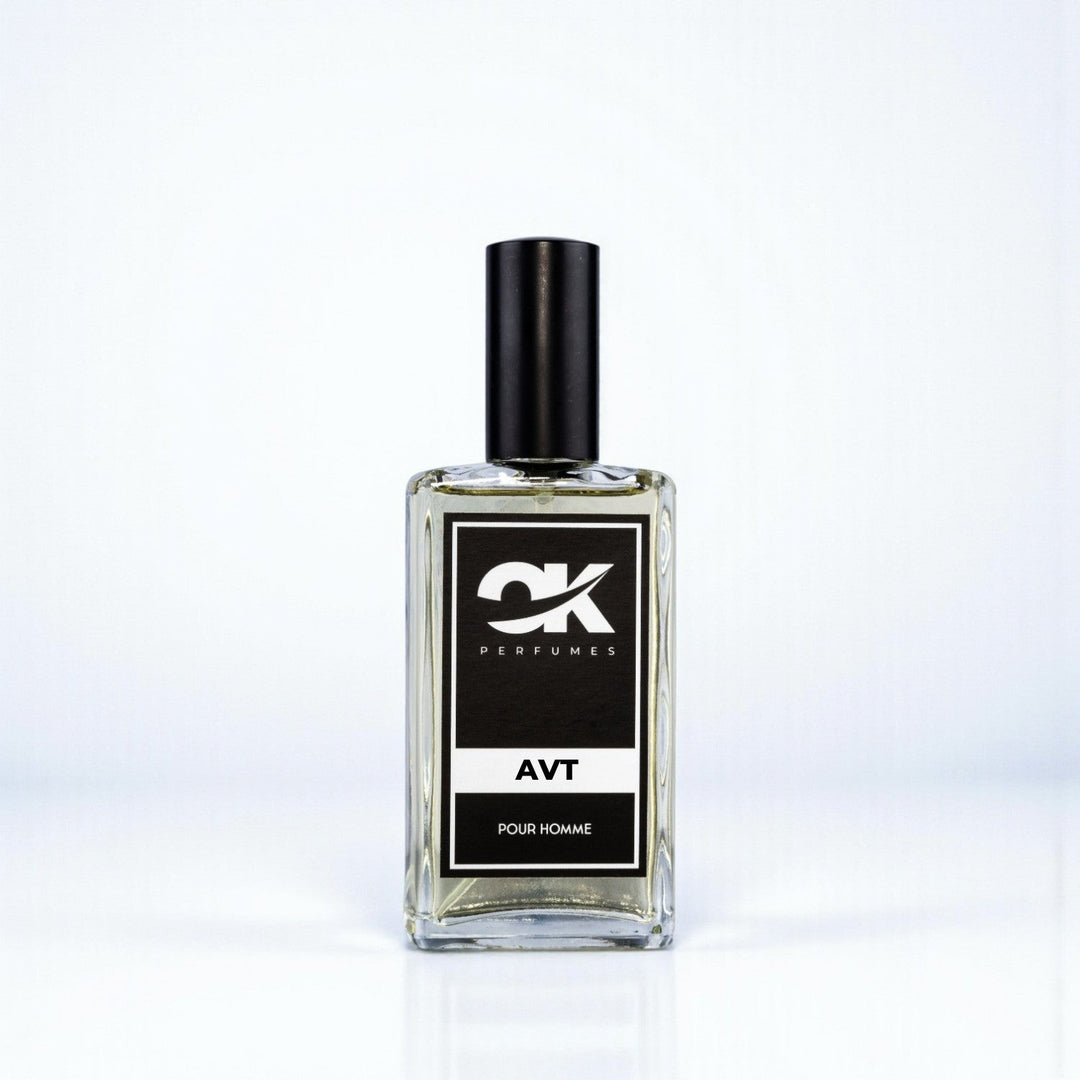
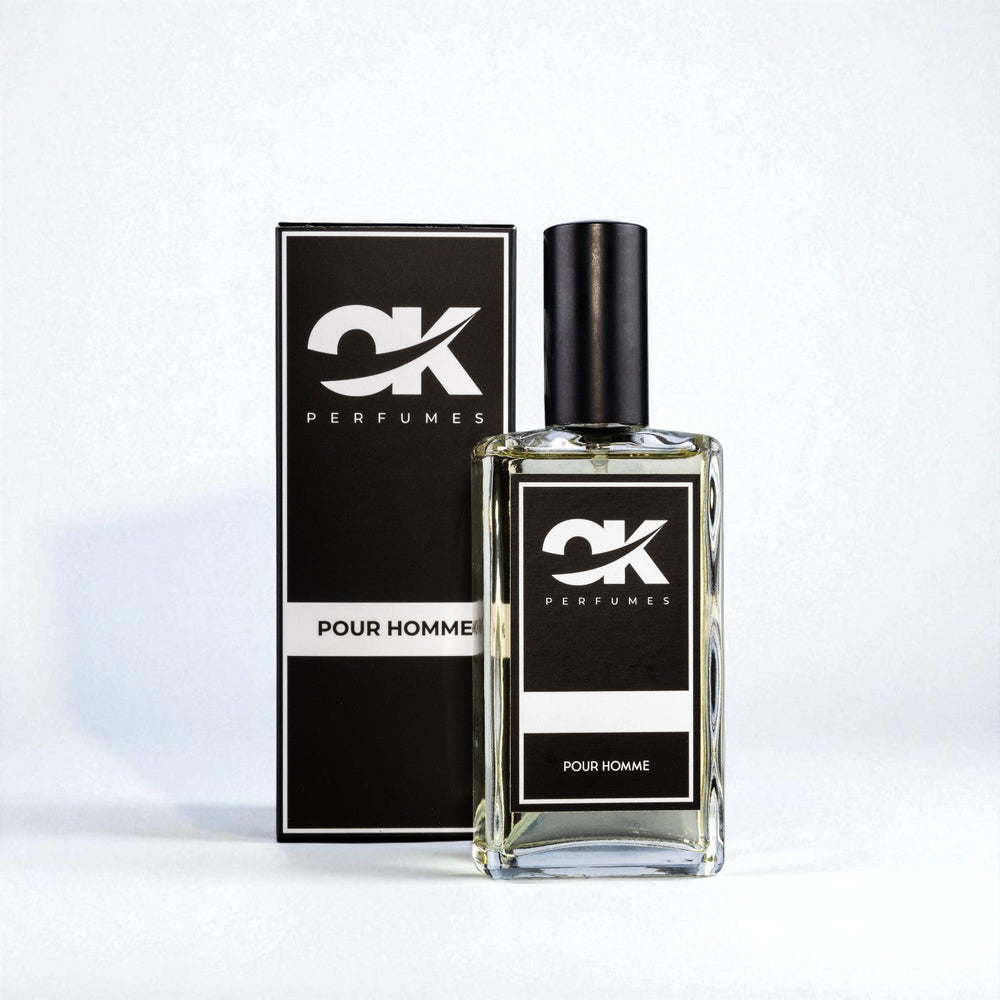
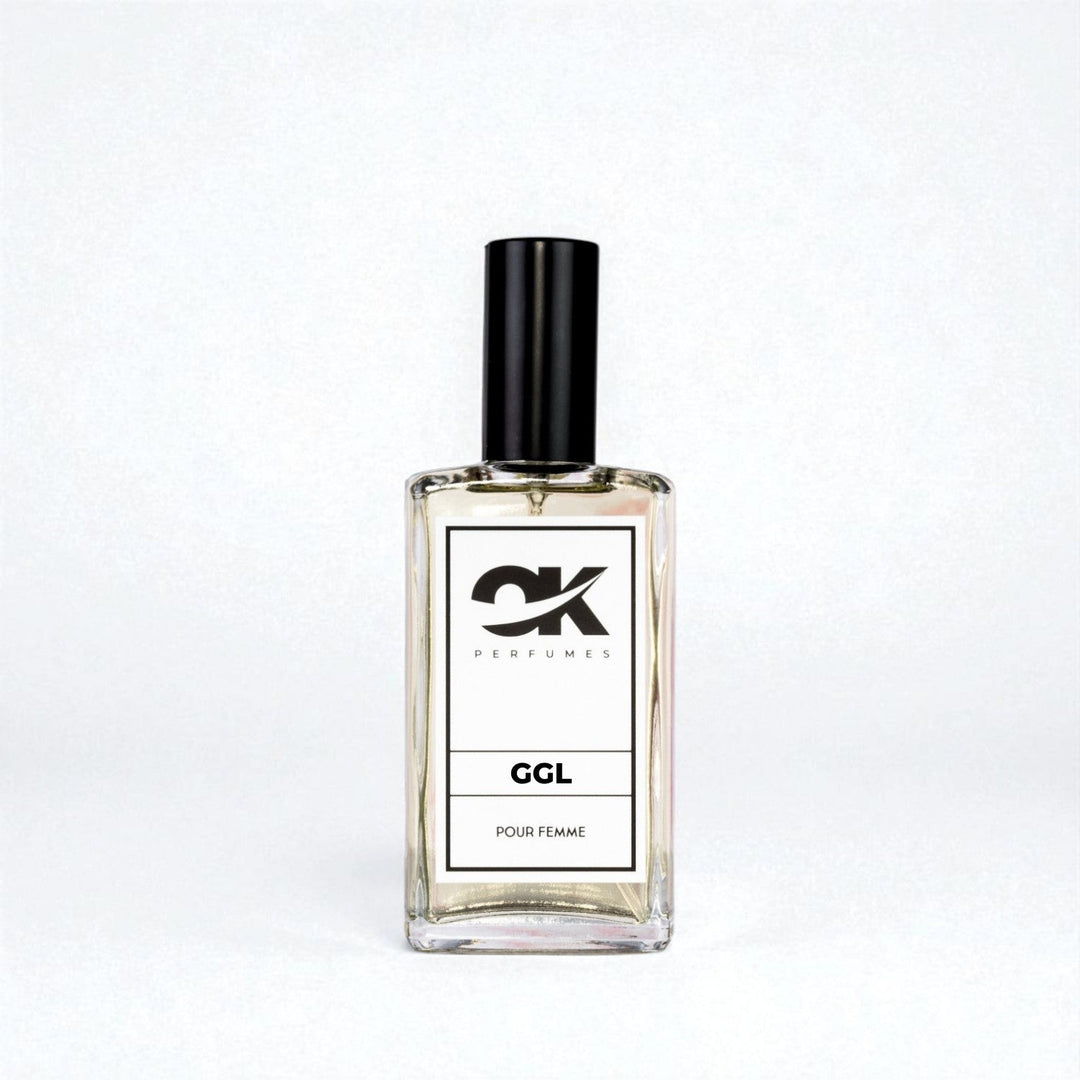
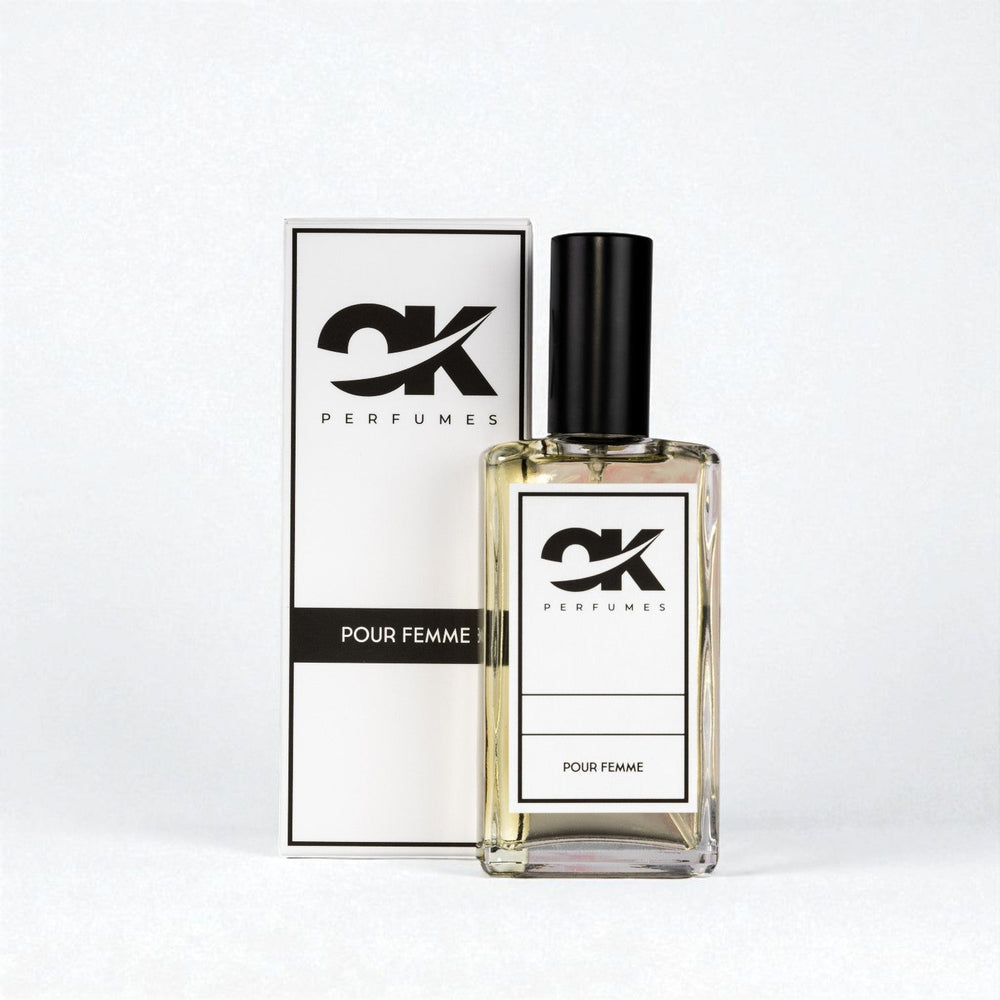
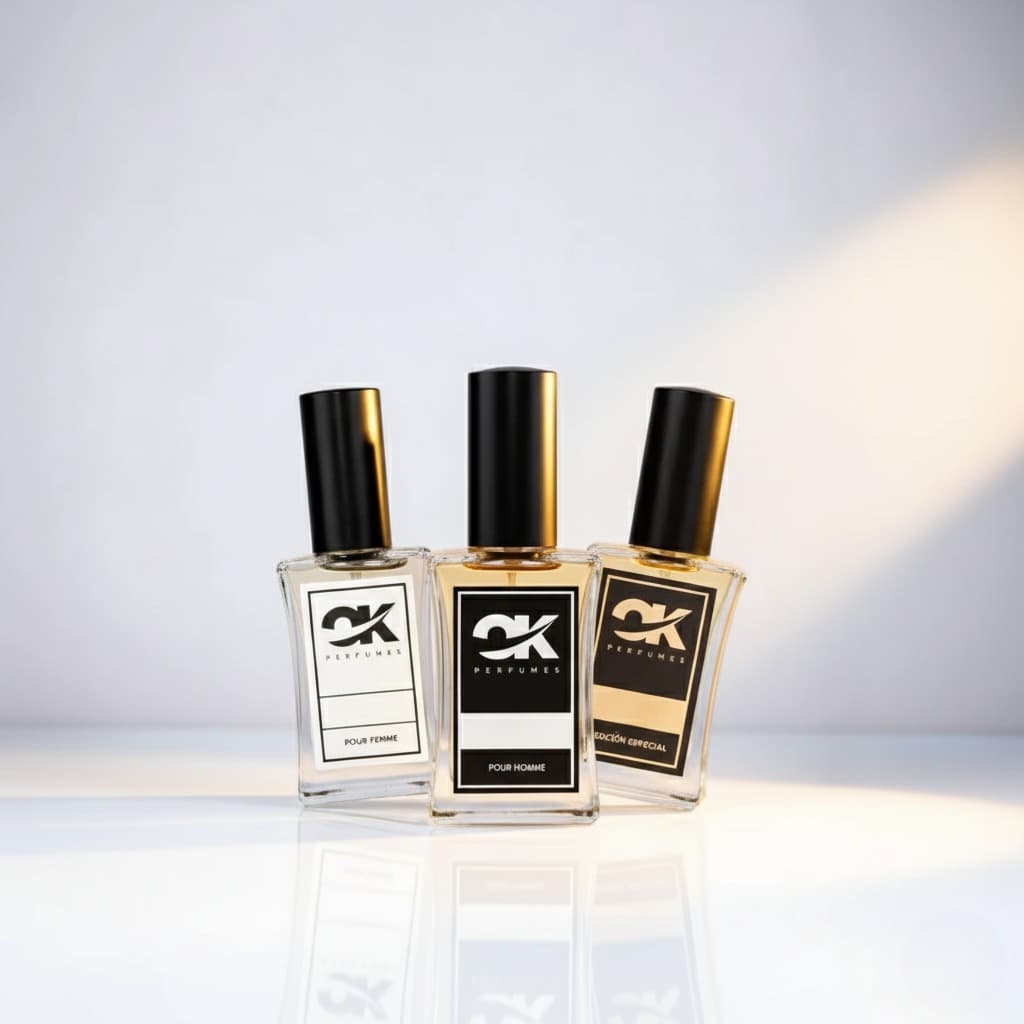

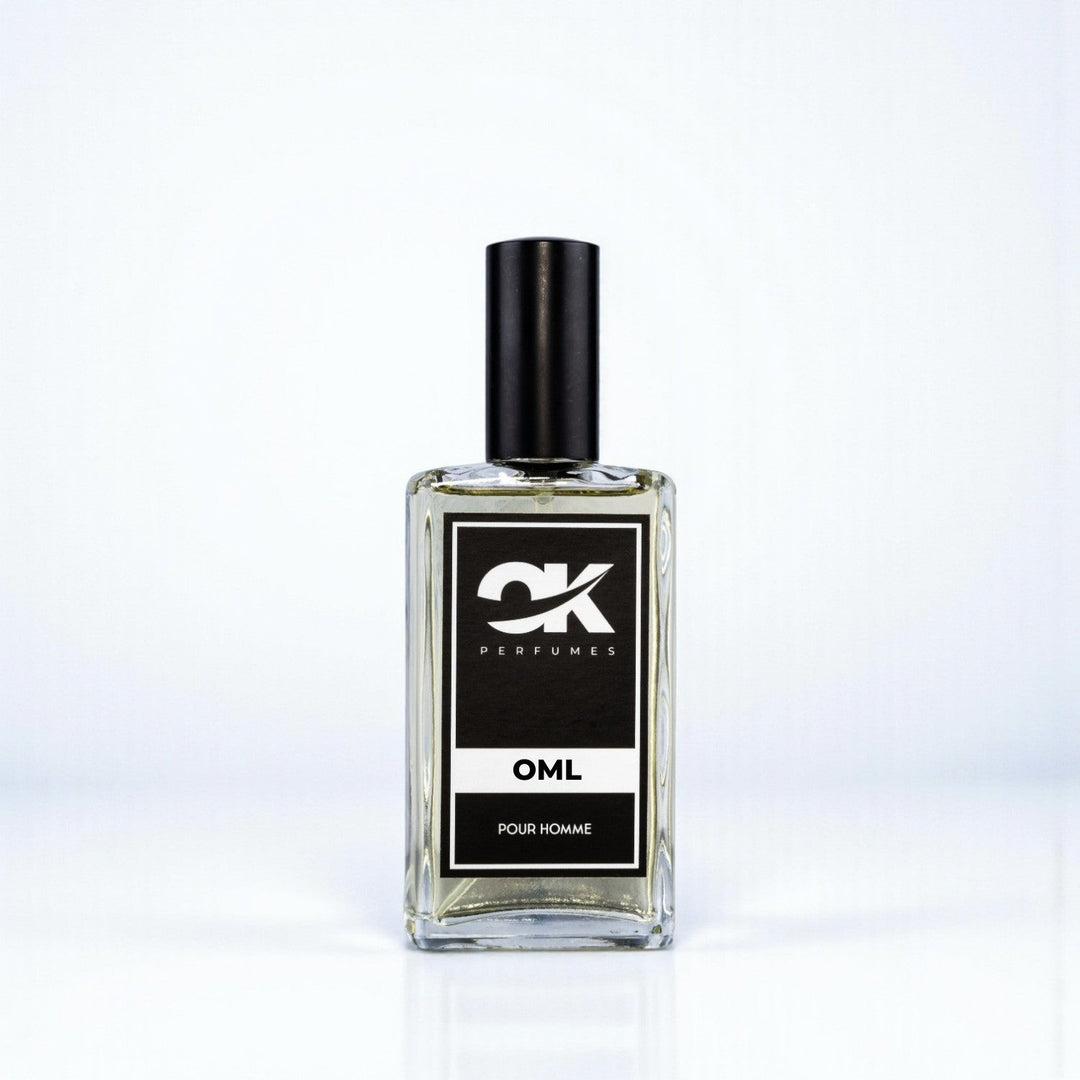
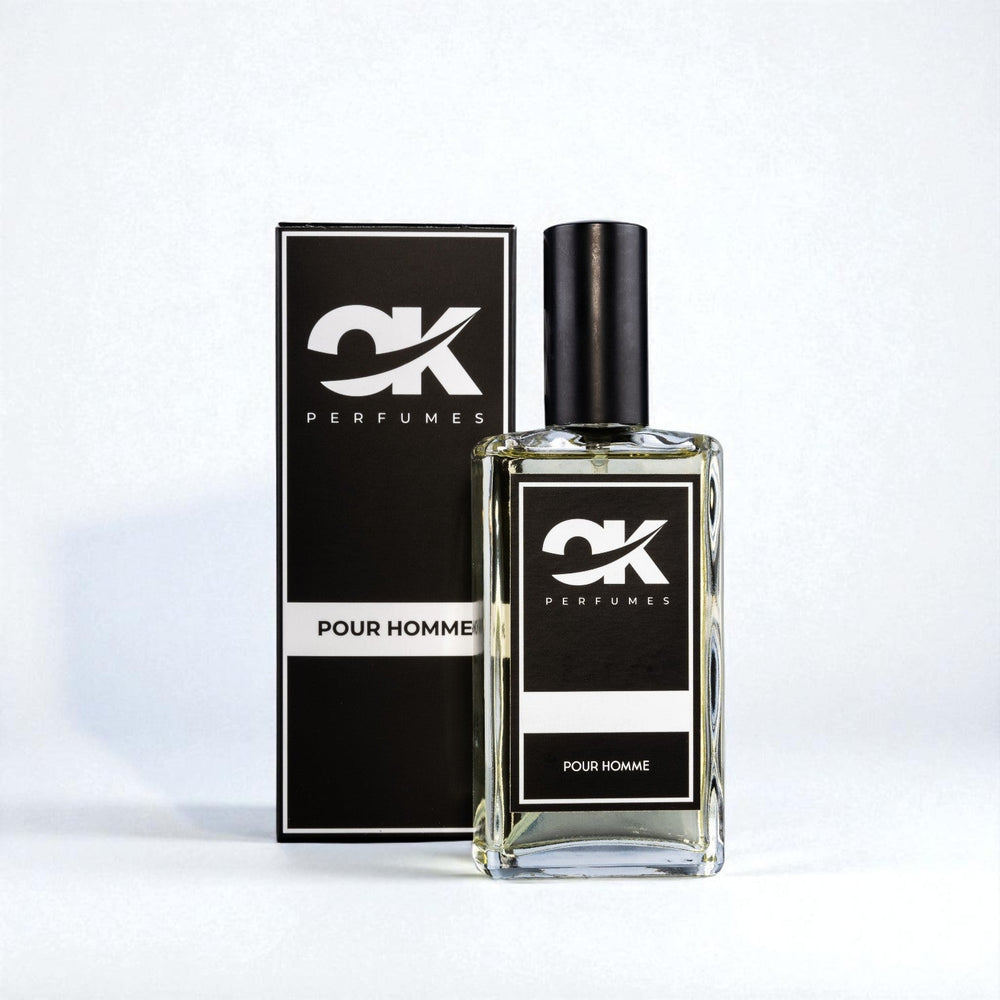
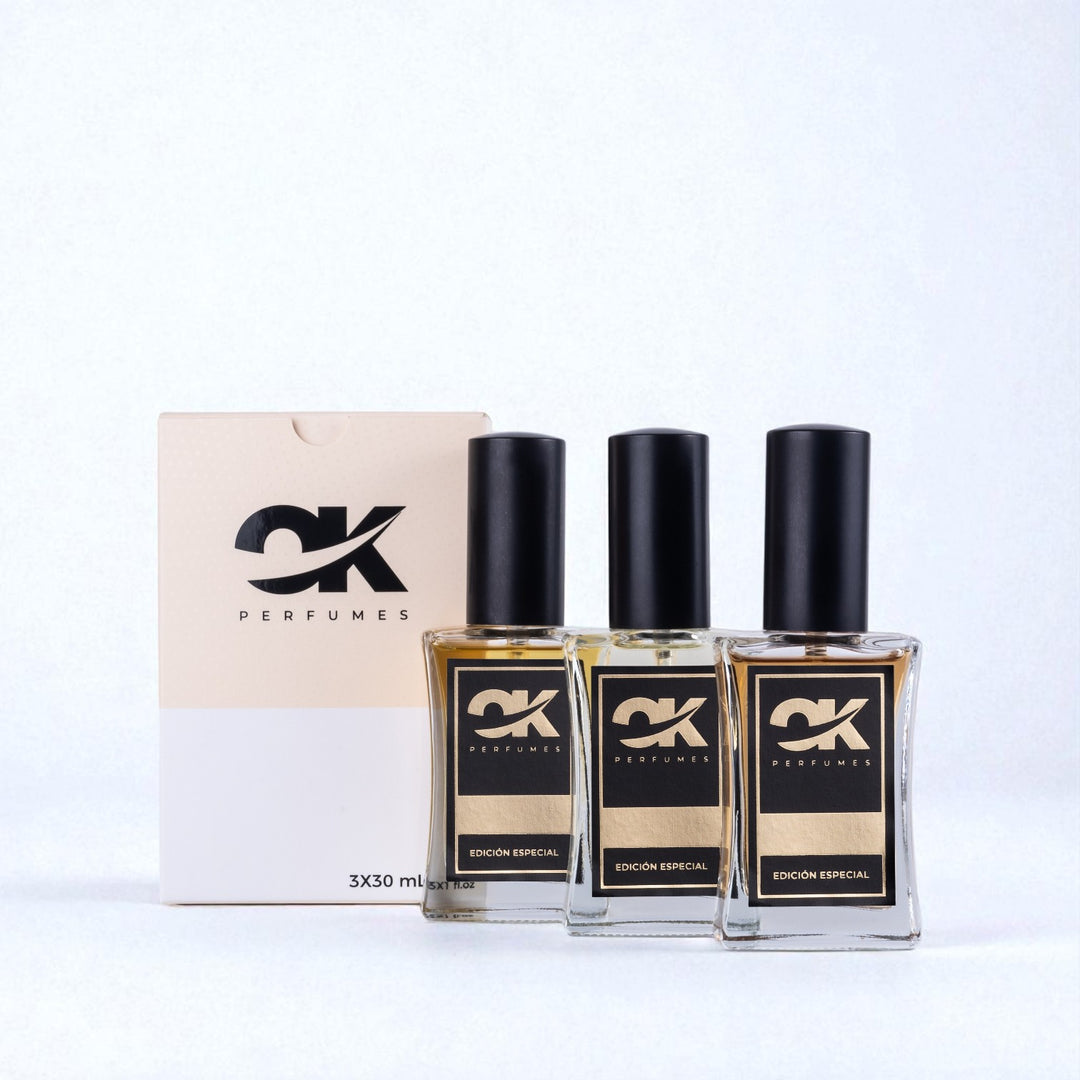




I loved this article; it’s very interesting how it explains how to choose perfumes, although it focuses on expensive ones. However, there are also low-cost perfumes that are very similar. If you want to know which ones are the dupes, I’ll leave you the link to my blog ❤️
https://mejorescoloniaslowcost.blogspot.com/2025/01/best-low-cost-perfume-brands.html
Muy bien excelente
Leave a comment